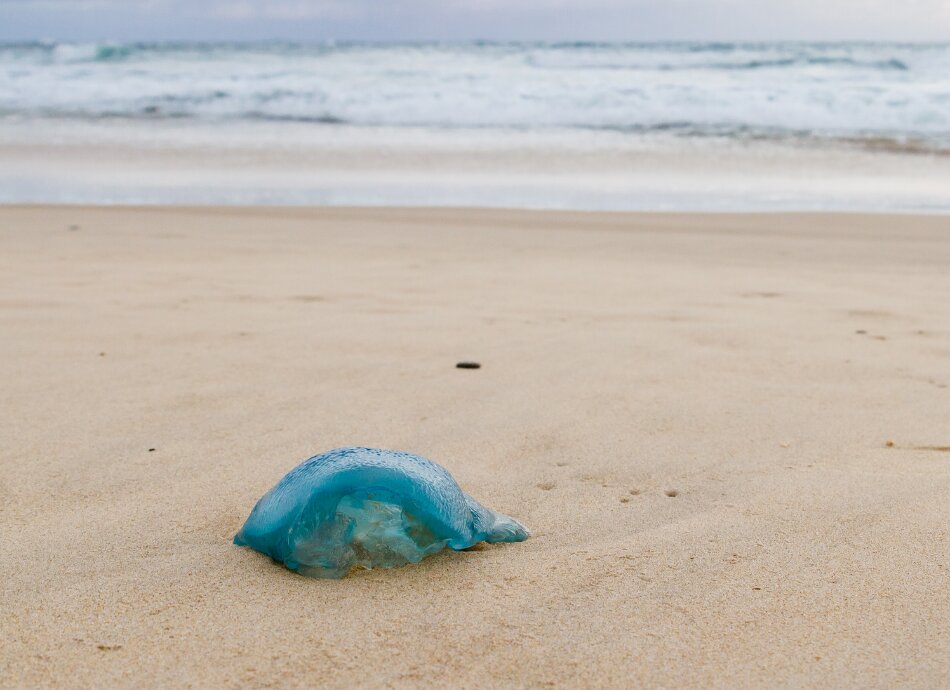Jellyfish stings can cause immediate intense pain, with burning and itching at the site of the sting. The sting often appears as a weal with surrounding redness.
In rare cases, jellyfish stings can cause a serious allergic reaction called anaphylaxis. This is potentially life-threatening and must be treated as a medical emergency. It requires immediate treatment and urgent medical attention – call 111.
Symptoms of anaphylaxis include:
- swelling around the lips and eyes
- rapid development of a rash
- shortness of breath or wheezing
- chest tightness
- severe dizziness or faints
- persistent sneezing or coughing
- hoarse voice
- difficulty swallowing or throat tightness
- signs of shock such as pale skin, rapid heartbeat and fainting.
Read more about anaphylaxis.






